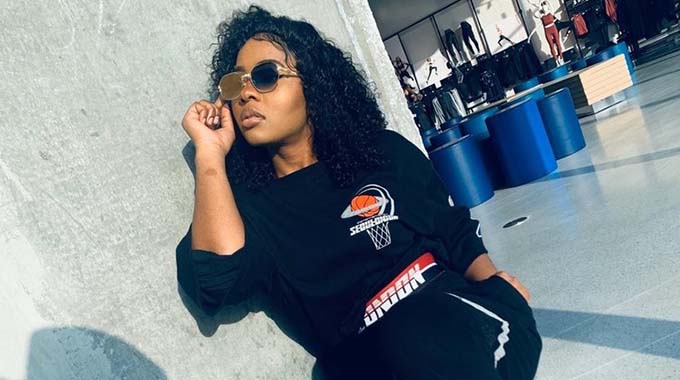Video vixen a profession too, says model

Tafadzwa Zimoyo Senior Arts Reporter
According to Pulse,- a modern-day studio which works with internationally-acclaimed award-winning television and film creators, directors and producers among others- some people believed that there is a decline in music video quality because of high production costs, but music videos as an art form are as important now as they have ever been.
Music videos form a large part of an artist’s general creative vision and output and in some ways music videos have become just as or sometimes even more important than the artwork due to the way we now consume music.
The singer in the video takes all the glory but there are some unheralded beauties in video, who on the other side might be abused or should be making money.
Not long ago, the image of the “video vixen” — a female model who appears in music videos, was the most visible image in music videos.
This has no doubt had an effect on the images we see today.
In a time before YouTube, and when MTV still stood for Music Television, video vixens were hyper-visible as they established their presence in the late 1990s and the 2000s.
In countries like South Africa, Nigeria, United Kingdom, United States and United Arab Emirates it is actually a full time job and has it’s requisites.
Hence the phenomenon has spread locally with now models and wannabe socialites taking the profession serious, although the video vixen image has become a staple and a nuanced form of sex work within popular music, especially within the genre of hip-hop, Zimdancehall and Afropop among others.
With sungura, it’s more like of dancing yet they can’t be called vixens but dancers as no much of the beauty and sex appeal is much considered.
Many video vixens are aspiring actors, singers, dancers, or professional models and now it’s easy to identify most of them as they are culprits on social media which has changed the methods of scouting, discovery, and selling sex appeal.
Some of the notable models and popular personalities who have appeared on music videos include Vimbai Mukambi, Jackie Ngarande, Madam Boss, Mai Titi and Tanya Chikuni among others.
In an interview with one video vixen Vimbai Mukambi who appeared in Killer T video ‘Ndamuda’ and Tocky’s popular hit -’Hande Toki’, said video vixens exist, but they aren’t as prevalent in the same capacity as they were during the hip-hop eras of yesteryear.
“In the mid-to-late ‘90s and early 2000s’, rap videos seemingly were not complete without a black woman or a woman of color to focus on.
It was a form of marketing and directors and artists knew that eye candy would reel in viewers, and thus boost awareness of the song they were pushing,” she said.
She said it’s a business but challenge nowadays there is a lot of abuse and at the same time people will identify you with promiscuity which is wrong.
“Women are more vulnerable and many people think being a vixen is more of being loose. In other countries it actually pays but here in Zimbabwe, you maybe told that it is about fame, boosting your modelling career and all.
We know all about the musicians who relied on women’s beauty to keep the audience tuned in, but who were these gorgeous, well-paid muses and how did they evolve?,” she said.
However there are a lot of cases of video vixens who are abused on set and sometimes they remain silent in order to protect their image.
She later called for women organisations and responsible authorities in the music industry, not only to focus on artistes, videographers and promoters among others but also include vixens because it won’t be complete without them.
“Yes, we are models and somehow we fall under that category but you should also bear in mind that we need protection too and money to sustain our livelihood hence we should be respected.
Responsible authorities should empower the girl child and help identify such crisis,” she said.









Comments